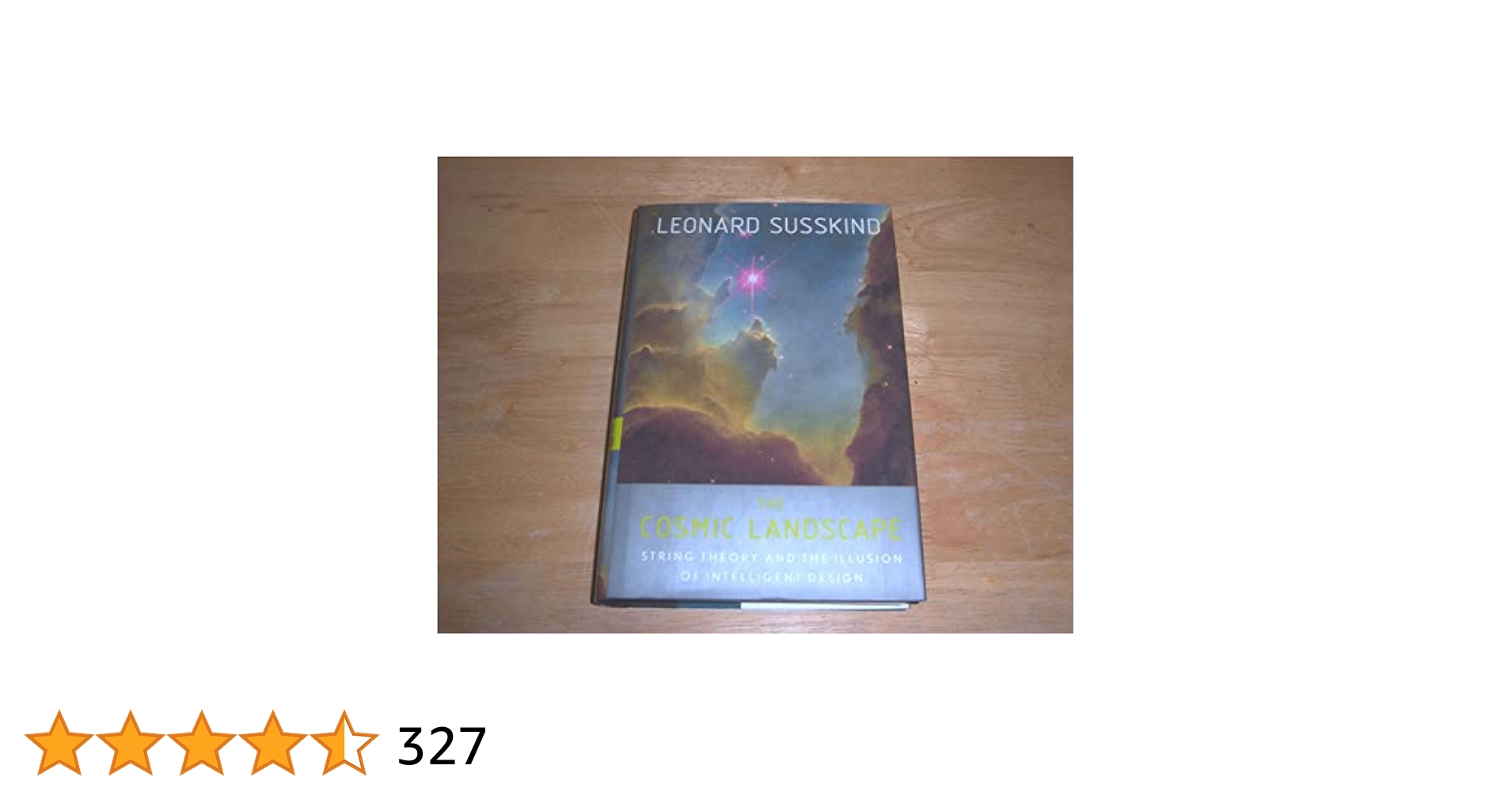
MIT Physicists Achieve First-Ever Images of Interacting Atoms, Bringing Quantum Phenomena to Light
In a revolutionary leap for quantum physics, scientists at the Massachusetts Institute of Technology (MIT) have accomplished what was once deemed unattainable: obtaining intricate images of individual atoms interacting freely in space. This innovative imaging method has allowed researchers to directly witness complex quantum behaviors—previously limited to theoretical concepts—with unparalleled precision.
The groundbreaking study, spearheaded by Professor Martin Zwierlein of MIT’s Department of Physics, is published in the May 5 edition of Physical Review Letters. It signifies a significant breakthrough in the continuous endeavor to decode the enigmas of the quantum world.
Exploring the Quantum Realm
Atoms are extraordinarily minute—approximately one-tenth of a nanometer across, or around one-millionth the thickness of a human hair. Monitoring their behavior poses distinct challenges due to the fundamental quantum mechanical principle known as the uncertainty principle, which asserts that one cannot precisely measure both a particle’s position and momentum concurrently.
Until now, imaging methods in atomic physics could only offer generalized representations: shadows of atomic clouds or statistical patterns. MIT’s innovative approach, dubbed “atom-resolved microscopy,” revolutionizes that framework by allowing scientists to immobilize atoms and capture them in the midst of interaction, atom by atom.
The process entails loosely confining atoms in space using a laser trap. When the researchers are set to photograph them, they trigger an optical lattice—an arrangement of finely adjusted laser beams—that swiftly “freezes” the atoms. A subsequent laser prompts them to fluoresce, radiating light that is collected and amplified into breathtaking images showing the precise locations and interaction patterns.
“This is the first instance in which we can observe individual atoms displaying quantum mechanics as they engage with one another,” explains Professor Zwierlein. “It’s akin to watching a quantum film, and what we’re witnessing is stunning.”
Revealing the Invisible
The researchers employed this imaging technique to analyze two primary categories of particles that follow different quantum rules: bosons and fermions.
– Bosons (like sodium atoms) tend to gather or “cluster” together. When cooled to near absolute zero, they can occupy the same quantum state, resulting in a new phase of matter known as a Bose-Einstein condensate. The imaging captured this behavior live, producing visuals of bosons congregating in ways that were previously described only in mathematical terms.
– Conversely, fermions (such as lithium atoms) typically repel one another due to the Pauli exclusion principle. Nevertheless, under specific conditions, they can form pairs—a critical phenomenon underlying superconductivity, where electric current flows without resistance. For the first time, the MIT team observed this rare pairing happening in free space.
“These phenomena are fundamental to contemporary physics,” remarks Richard Fletcher, co-author of the study and assistant professor at MIT. “To suddenly visualize them is astounding. It demonstrates that quantum physics is not merely an abstract theory—it is something concrete and real.”
The researchers also obtained visual confirmation of the wave-particle duality of matter—a core principle of quantum theory initially proposed by physicist Louis de Broglie. In the images, the wavefunctions of atoms are not merely inferred; they are directly visualized with extraordinary accuracy.
A Quantum Microscope
What distinguishes MIT’s technique is its capacity to capture “snapshots” of atoms engaged in interaction, rather than only after the fact. Previous approaches typically disrupted the system or provided indirect evidence through statistical assessments. In contrast, Zwierlein’s atom-resolved microscope performs a function similar to a freeze-frame in a quantum film, unveiling intricate patterns that match predictions from quantum mechanics.
Beyond its immediate achievements, this breakthrough paves the way for investigating even more exotic quantum states. For instance, the team intends to explore systems governed by quantum Hall physics, where electrons display collective behaviors under extreme conditions—behaviors so unusual they have become key riddles in theoretical physics.
“You can’t always formulate perfect mathematical characterizations for these systems,” says Zwierlein. “Sometimes, all we possess are conceptual sketches or representations of potential states. Now, for the first time, we can verify whether those visualizations reflect reality.”
Collaboration and Broader Influence
MIT’s discoveries are part of a wider wave of advancements in atomic imaging. Two additional teams—one led by Wolfgang Ketterle, a Nobel Laureate at MIT, and another from École Normale Supérieure in Paris—published complementary studies utilizing similar techniques. Ketterle’s group documented interactions among bosons, while the French team showcased resolution of noninteracting fermions.
The co-authors of the MIT study include graduate students Ruixiao Yao, Sungjae Chi, and Mingxuan Wang, who collaborated with Fletcher and Zwierlein to refine the imaging method over several years.
The project garnered considerable support from various institutions, including the National Science Foundation through the MIT-Harvard Center for Ultracold Atoms, the